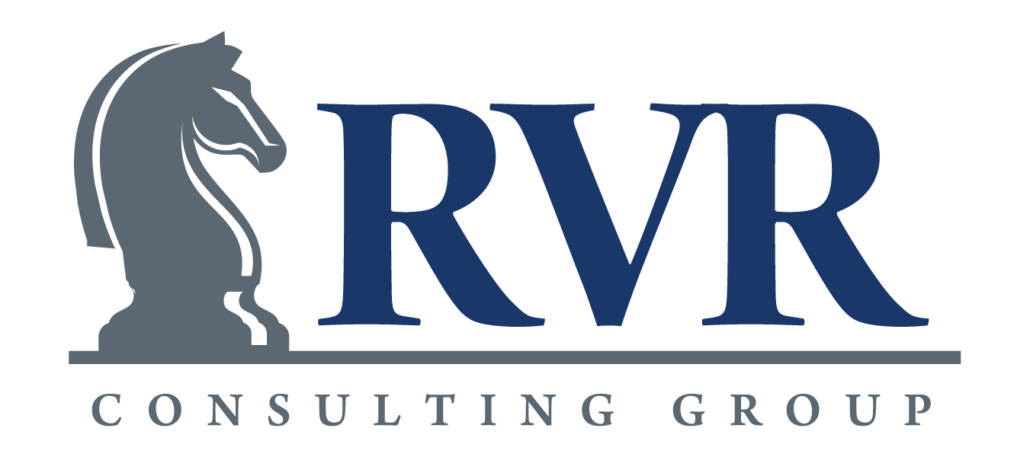The 6 Key Components of A Successful Exit Plan
As a business owner, when do you start planning your exit?
According to Joe Raymond, Founder and Managing Partner of RVR Consulting Group, “the more planning over time, the better the exit.”
Selling your business, whether you were the founder or not, can be a daunting task. For many people it is an emotional decision, an extension of your formidable business years and a journey that helps define the person you are now. Akin to an author writing their novel, every business owner must consider the end to their story when they first start. This type of consideration and preparation allows both the author & business owner to write their perfect ending. In order to do that, a strategy must be developed that incorporates all facets of not only the business, but the owners’ lives. A business owner’s exit plan is a living, breathing document that evolves over time with the firm.
Key components of an exit plan include:
The last component, timing, is layered on top of the entire plan.
What dictates the best timing?
The overall health of the exit plan, status of the economy, and current dynamics of the firm’s industry should all be considered when determining exit timing. If any of the points above are not in an optimal position, the valuation of the firm can be affected. If conditions are not suitable, the exit date may float until key factors and the overall exit strategy are strong.
It’s important to note that developing an exit plan takes considerable time and resources. Succession planning requires deep thought and careful deliberation. Some key metrics, such as the ones listed below, have a significant impact on valuation and cannot be achieved or fixed overnight.
Additional Considerations
Other situations must be taken into consideration as well. In the event the firm is a family business and employs members of the family, there needs to be proper planning and communication. If several members have equity stakes, annual salaries must first be in accordance with their role in the business at relative market rates. Any employee equity participation is then also tied into their position within the firm – for example, a president would have more equity incentives tied into their compensation than a secretary. Last comes inheritance and normal distributions to owners.
Even if there is an existing family succession plan in place, the exit plan must ensure the business is valuable to a third party. To execute on any proper exit plan, supporting professionals need to be in place during the appropriate phases. These can include financial planners, tax accountants, attorneys for trust/estate planning, and an investment bank or business broker for the sale of a firm depending on its size.
Allowing yourself, as a business owner, to take pragmatic steps in developing an all-encompassing exit strategy is vital for personal happiness in the long-term. If private interests in a firm, such a familial ties and financial outcomes, are not properly considered in your plan, it can cause heartache and undue stress to the ending of your story. That’s why there are professionals out there to help guide you through your journey.


